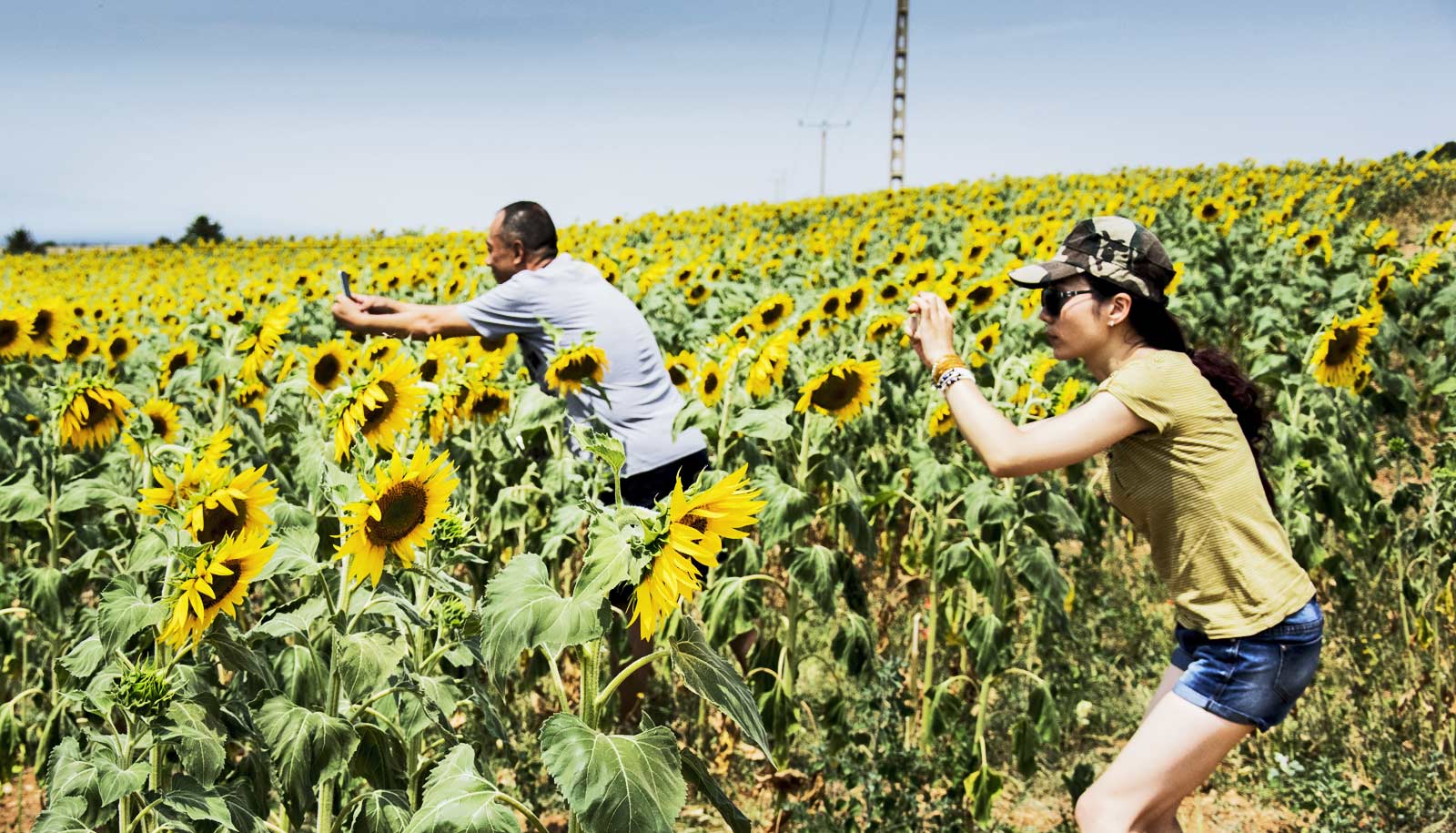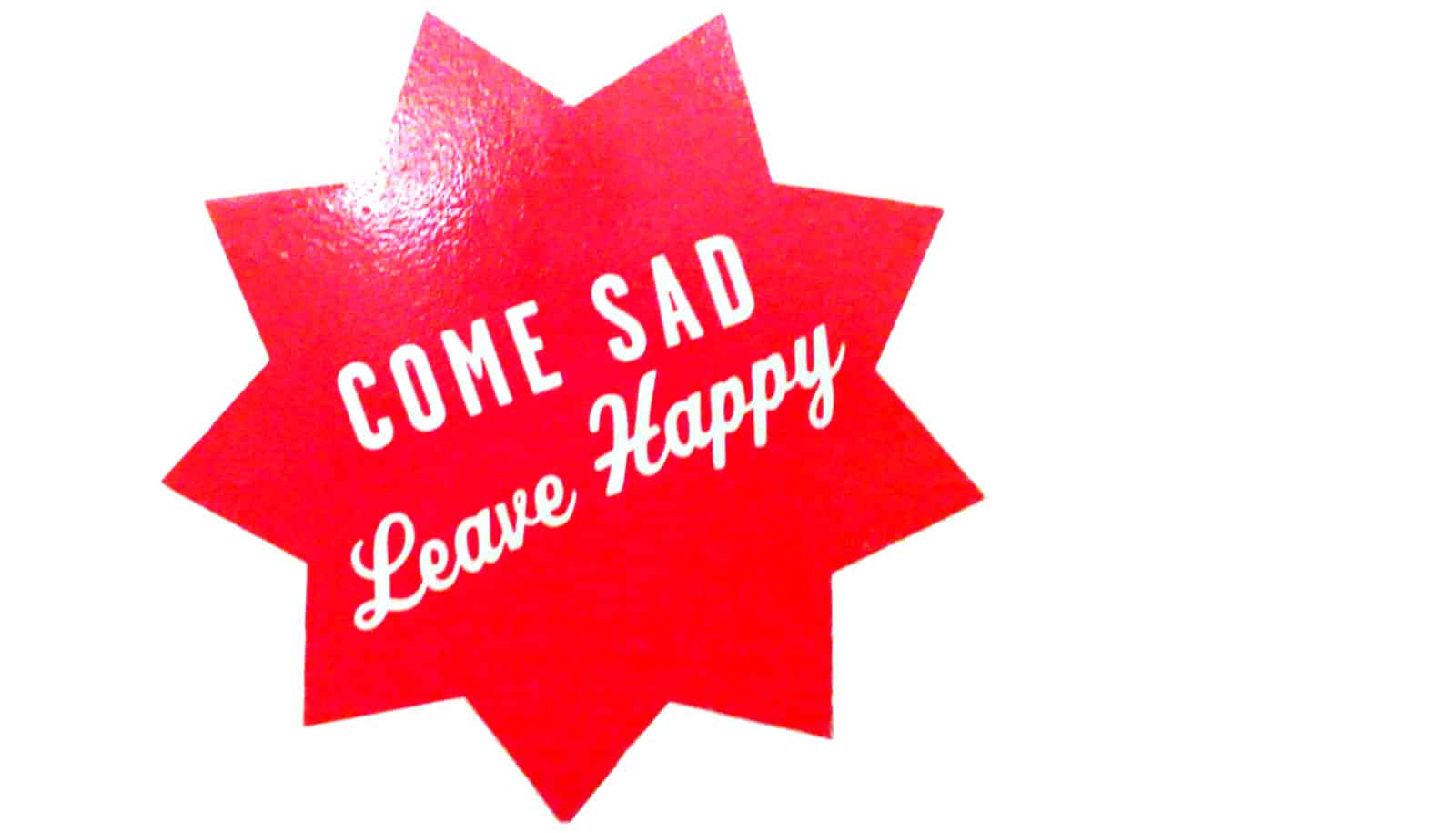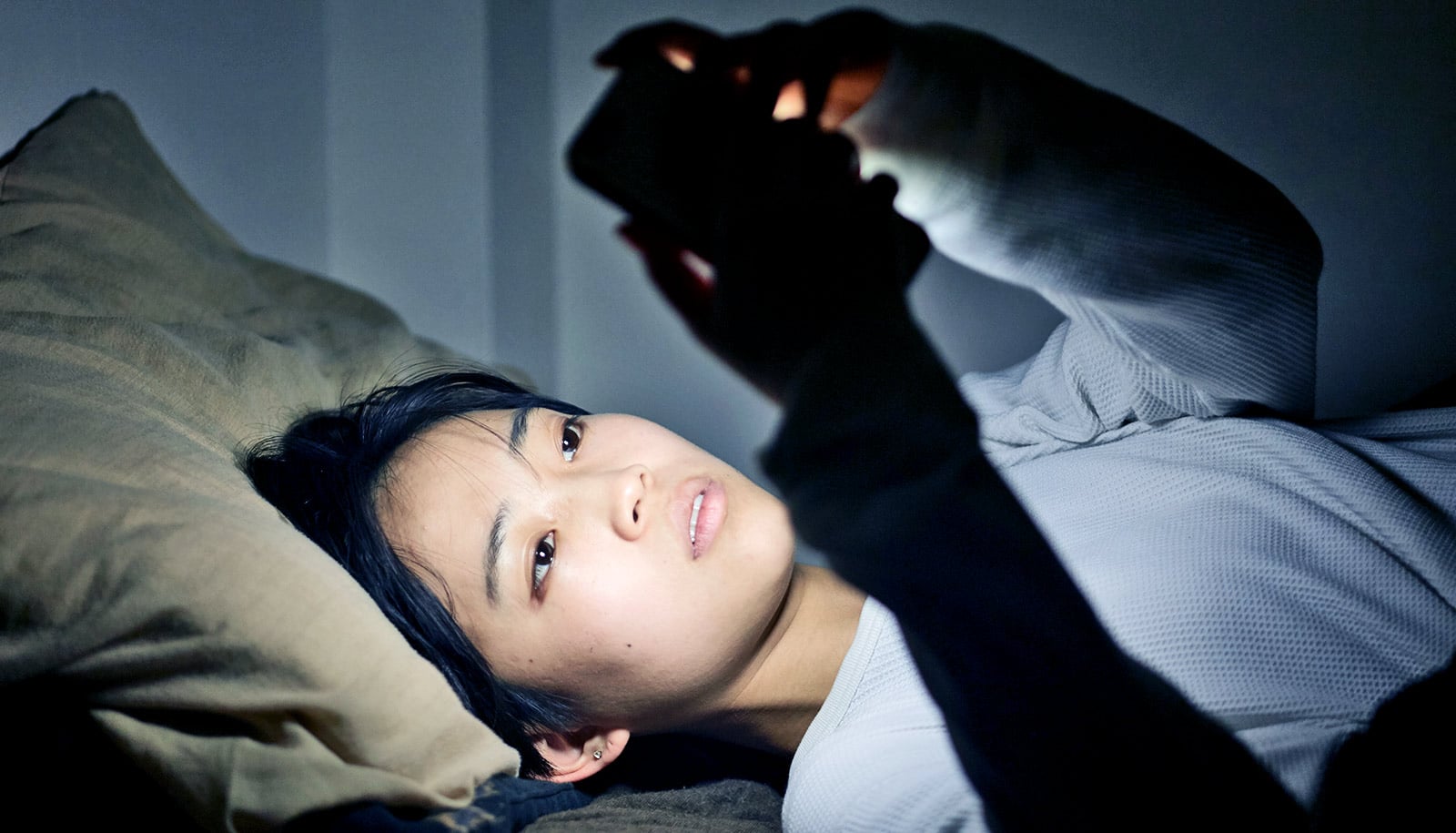If an event is otherwise highly enjoyable, pausing to take photographs will detract from your enjoyment, research finds.
“We get so focused on picture-taking, we miss the experience itself,” says Robyn LeBoeuf, professor of marketing at the Washington University in St. Louis Olin Business School and coauthor of a study involving more than five different surveys and 718 combined participants.
Gia Nardini of the University of Denver led the study. “She had gone to a wildlife preserve, but was so focused on getting pictures, she came home thinking, ‘Aw, I missed it.'” LeBoeuf says. “We’ve all had those kind of experiences.”
Nardini, LeBoeuf, and Richard J. Lutz of the University of Florida worked together on a research project now available online in Psychology and Marketing.
“We’re looking at experiences that are overall highly enjoyable, ones you really get immersed in, things that are a 8-, 9-, and 10- on a 10-point scale of enjoyment,” LeBoeuf says. “When you take pictures, you tend to enjoy them less. Taking pictures hurts.”
One or the other
The study advises, LeBoeuf says, to “carve out moments to do one or the other,” shoot photographs or enjoy the experiences.
What’s more, the businesses where you’re taking those pictures might also thank you.
Amid this selfie and in-the-moment generation, the finding resonates with anyone who owns a cellphone—a number expected to surpass 5 billion worldwide in 2019, including 95 percent of Americans.
For businesses increasingly aware of the customer experience, this may mean more photo-op stations that allow customers to segregate photo taking from the rest of their experience, more signage to remind guests where not to shoot pictures, or more on-site photographers at places ranging from Disney World to brewery tours to even local amateur sports tournaments.
‘Oh, I have to post these’
“Most people don’t think it hurts. Certainly, this isn’t obvious to people,” LeBoeuf says. A group of 111 people (ages 19-70, 51 percent male) took surveys online, asking simply if photographing highly enjoyable experiences (a) increases, (b) decreases, or (c) has no effect on enjoyment. Some 51.4 percent thought it had no effect. But 27.9 percent believed it increased enjoyment, compared to 21.6 percent who said it decreased enjoyment. In all, 79.3 percent considered it to be a positive or null effect just on the surface alone.
When others told them about negative anecdotes, a majority (59.8 percent) of the same pool noted picture-taking had reduced their enjoyment of some experiences.
Using a highly enjoyable video as the experience, people found that snapping pictures detracted from their enjoyment of the experience.
A group of 152 undergraduate students (ages 17-23, 61 percent female) watched a 10-minute, immersive video clip featuring vivid footage of venomous snakes and jellyfish. Some simply watched, while others were told to watch and take pictures—”like we often do on, say, vacations,” LeBoeuf says. In this survey, they used an on-screen button to snap the photos they wanted to capture, which they didn’t know was a ruse. Asked to rate their enjoyment, participants who solely watched the video enjoyed the experience significantly more, at 72.6 on a 100-point scale, than those occasionally “taking” pictures, 63.8.
When asked to take photos not just for yourself, but ultimately to share—such as on social media—people’s enjoyment was further hindered. As LeBoeuf says, “Thinking ‘Oh, I have to post these’ makes it even harder to enjoy the experience.” Some 162 undergraduate students (ages 18-38, 61 percent female) broke down thusly: 83.7 enjoyment when solely watching, 76.2 when snapping personal pictures, 73.5 when taking photos to share.
When faced with a moderately enjoyable video or experience, picture-taking had no deleterious effect. Using 194 undergraduate students (ages 18-40, 59 percent female), taking pictures scored a 27.8 on the enjoyment scale compared to 22.6 simply watching when the experience was a mundane video of a Florida park tour. However, the experience mattered: When participants watched the much more enjoyable snakes-and-jellyfish video, they scored a 79.4 for simply watching and a 69.4 for picture-taking, again showing how the latter detracts from an enjoyable experience.
Texting, too
The researchers also explored another form of digital distraction before focusing primarily on photography. That other distraction? Texting during a highly enjoyable experience.
Researchers tested that omnipresent phenomenon with 99 participants texting instead of doing simulated picture-taking while watching an enjoyable video. The coauthors conclude that photography was merely “one manifestation of a larger range of behaviors, such as texting, tweeting, and posting on social media that surreptitiously distract people from the moment, resulting in diminished enjoyment.” But that could be research for another time.
“When advising people, we can tell them, ‘Hey, you may want to be more mindful when deciding whether to take pictures,'” LeBoeuf says.
For businesses, it’s a trickier balance. “You want people to share pictures of their good times,” she says, “but if they turn out to not have good times because they’re taking too many pictures…”


